Why Revenue Cycle Management Is So Complex in Ophthalmology
Ophthalmology is one of the most billing-intensive specialties in medicine.
Between imaging tests, surgical procedures, and diagnostic visits, every encounter generates multiple codes and payer requirements.
Common issues that slow down the revenue cycle include:
- Incomplete or inconsistent documentation
- Manual coding errors
- Delayed prior authorizations
- Denied or underpaid claims
- Fragmented billing workflows across systems
AI automation changes that — by connecting documentation, coding, and claims submission into one continuous, intelligent process.
Where Traditional Billing Breaks Down
Even with EHR templates and billing software, most ophthalmology practices still depend heavily on manual review.
Staff must:
- Cross-check CPT and ICD-10 codes
- Validate modifiers for bilateral procedures
- Track payer-specific rules and pre-authorization requirements
- Resubmit denied claims manually
These manual steps slow down cash flow and make scalability difficult — especially for multi-provider or multi-location practices.
AI fixes this by building intelligence directly into the RCM process.
How AI Streamlines Revenue Cycle Management
Here’s how AI transforms billing from a manual process into an automated, continuous cycle:
1. Real-Time Documentation Validation
AI reviews notes as they’re created, ensuring documentation supports the billed service.
- Flags missing details that would cause denials.
- Suggests compliant updates automatically.
Result: No delays between chart completion and billing.
2. Automated Coding Assistance
AI analyzes clinical notes and recommends the appropriate CPT and ICD-10 codes.
- Recognizes ophthalmology-specific procedures like OCT, visual field testing, and cataract surgery.
- Detects bundled services and duplicate codes automatically.
Result: Cleaner claims with higher first-pass acceptance rates.
3. Prior Authorization Integration
AI links authorizations directly to claims.
- Tracks status and documentation in one view.
- Automatically attaches proof of approval to the submission.
Result: Zero lost claims due to missing authorization records.
4. Denial Prevention and Prediction
AI analyzes historical data to predict which claims are at risk.
- Flags potential denials before submission.
- Suggests documentation or modifier corrections.
Result: Fewer rejections, faster reimbursements.
5. Automated Payment Posting and Reconciliation
AI syncs incoming payments with claims automatically.
- Matches payer remittances to services rendered.
- Identifies underpayments or discrepancies instantly.
Result: Accurate financial tracking and less manual reconciliation.
The ROI of AI-Driven RCM
Ophthalmology clinics that integrate AI into their revenue cycle report:
- 50% faster payment turnaround
- 30–40% reduction in denials
- 20% improvement in collections rate
- Fewer billing errors and write-offs
AI doesn’t just optimize RCM — it transforms it from reactive to proactive.
Why Honey Health Leads in Ophthalmology Revenue Automation
Honey Health’s AI platform was designed to connect the clinical and financial sides of ophthalmology.
With Honey Health, clinics can:
- Auto-validate documentation and codes in real time.
- Track authorizations, claims, and payments in one system.
- Eliminate manual billing rework.
- Reduce claim denials and improve collection rates.
Honey Health’s automation is fully HIPAA and SOC 2 compliant — and integrates seamlessly with your EHR and billing software.
From Billing to Business Intelligence
AI makes ophthalmology billing not just faster, but smarter.
With predictive analytics and real-time insight, Honey Health helps clinics identify trends, optimize payer performance, and make data-driven decisions.
That means less time chasing revenue — and more time focusing on patient care.
Honey Health: Turning revenue cycles into revenue engines.

